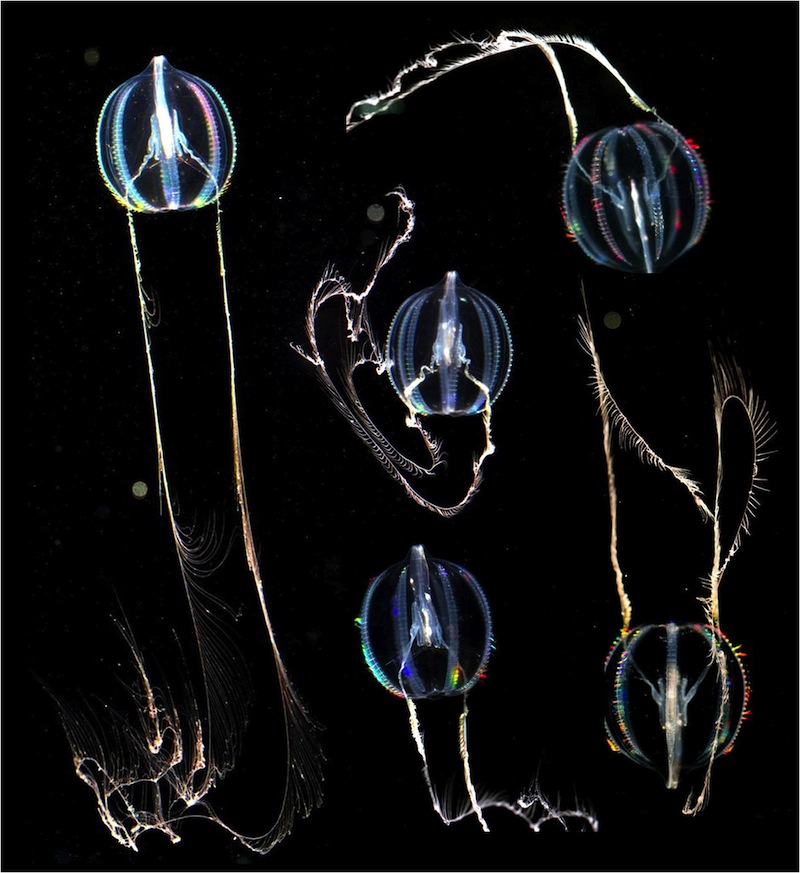WASHINGTON — Exotic sea creatures called comb jellies may reshape how scientists view early evolution – as their genes suggest nature created more than one way to make a nervous system.
These beautiful but little-known translucent animals often are called “aliens of the sea,” for good reason. Somehow, they rapidly regenerate lost body parts. Some even can regrow a very rudimentary brain.
Now in an in-depth look at the genes of 10 comb jelly species, researchers report that these mysterious creatures evolved a unique nervous system in a completely different way than the rest of the animal kingdom.
In other words, the nervous system evolved more than once, according to a finding published Wednesday by the journal Nature that challenges traditional theories about animal development.
“This paper proves, on a genomic basis, they’re truly aliens,” said University of Florida neurobiologist Leonid Moroz, whose team spent seven years unraveling the genetics behind comb jellies’ neural programming.
But the findings aren’t just about evolutionary history. Comb jellies build a nervous system essentially using their own biological language, Moroz explained. That points to new ways to investigate brain diseases such as Alzheimer’s or Parkinson’s – maybe even, one day, the ability to engineer new neurons, Moroz said.
They “open to us completely unexpected windows,” he said.
The researchers mapped the full genetic code of the Pacific sea gooseberry, the nickname for a comb jelly species known as Pleurobrachia bachei. They also decoded gene activity of nine more species of ctenophores – the name for comb jellies.
First, they found comb jellies represent the oldest branch of the animal family tree – not the simpler sea sponges traditionally thought to hold that spot. That bolsters a similar finding published last year by the National Institutes of Health, which had been greeted with skepticism.
And sponges lack neurons.
So what happened? Parallel evolution, Moroz proposed: While other branches of the animal family tree shared one path, the comb jellies went down another street as they developed circuits of neurons, nerve cells that control such functions as motion and behavior.
Send questions/comments to the editors.




Success. Please wait for the page to reload. If the page does not reload within 5 seconds, please refresh the page.
Enter your email and password to access comments.
Hi, to comment on stories you must . This profile is in addition to your subscription and website login.
Already have a commenting profile? .
Invalid username/password.
Please check your email to confirm and complete your registration.
Only subscribers are eligible to post comments. Please subscribe or login first for digital access. Here’s why.
Use the form below to reset your password. When you've submitted your account email, we will send an email with a reset code.